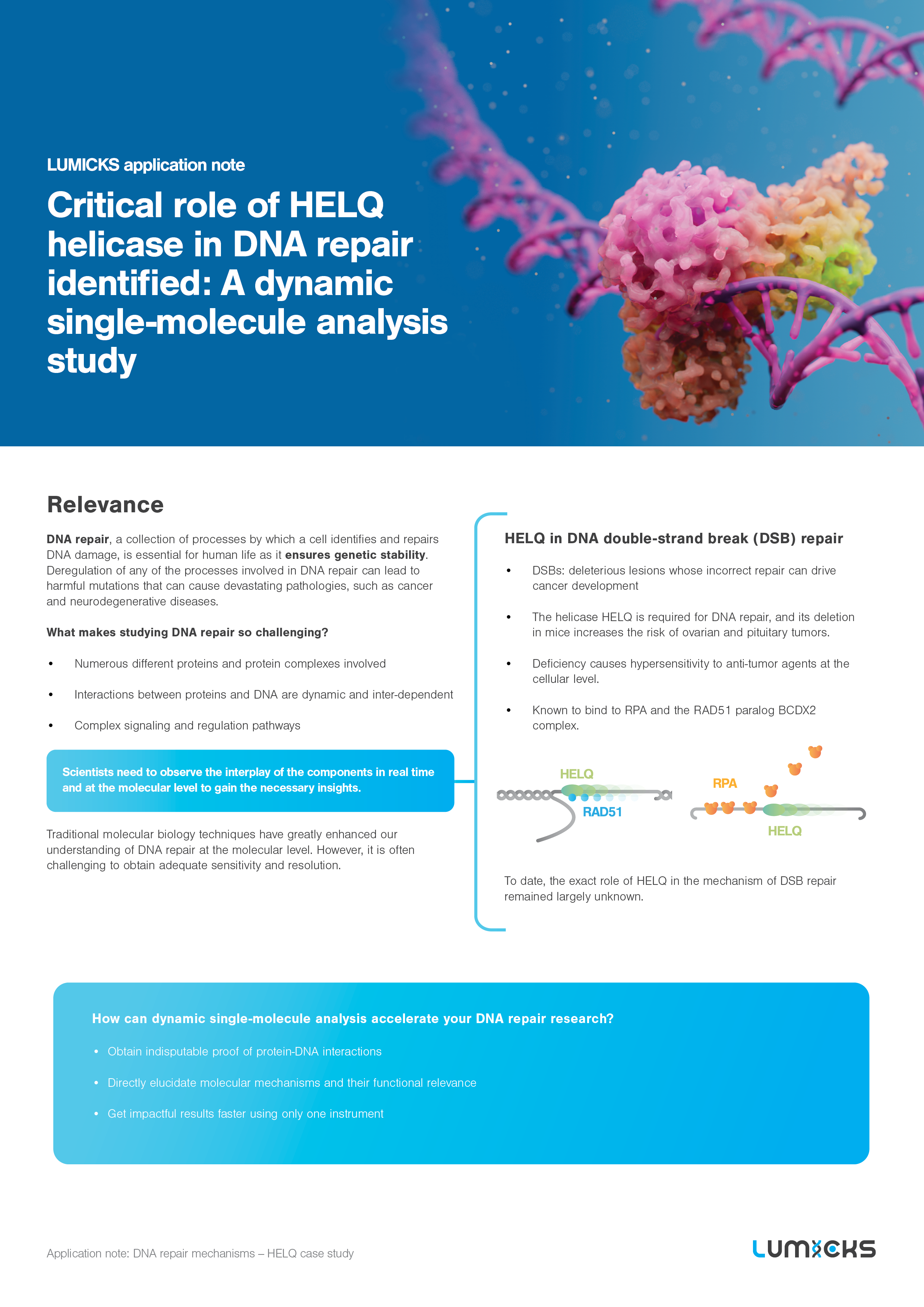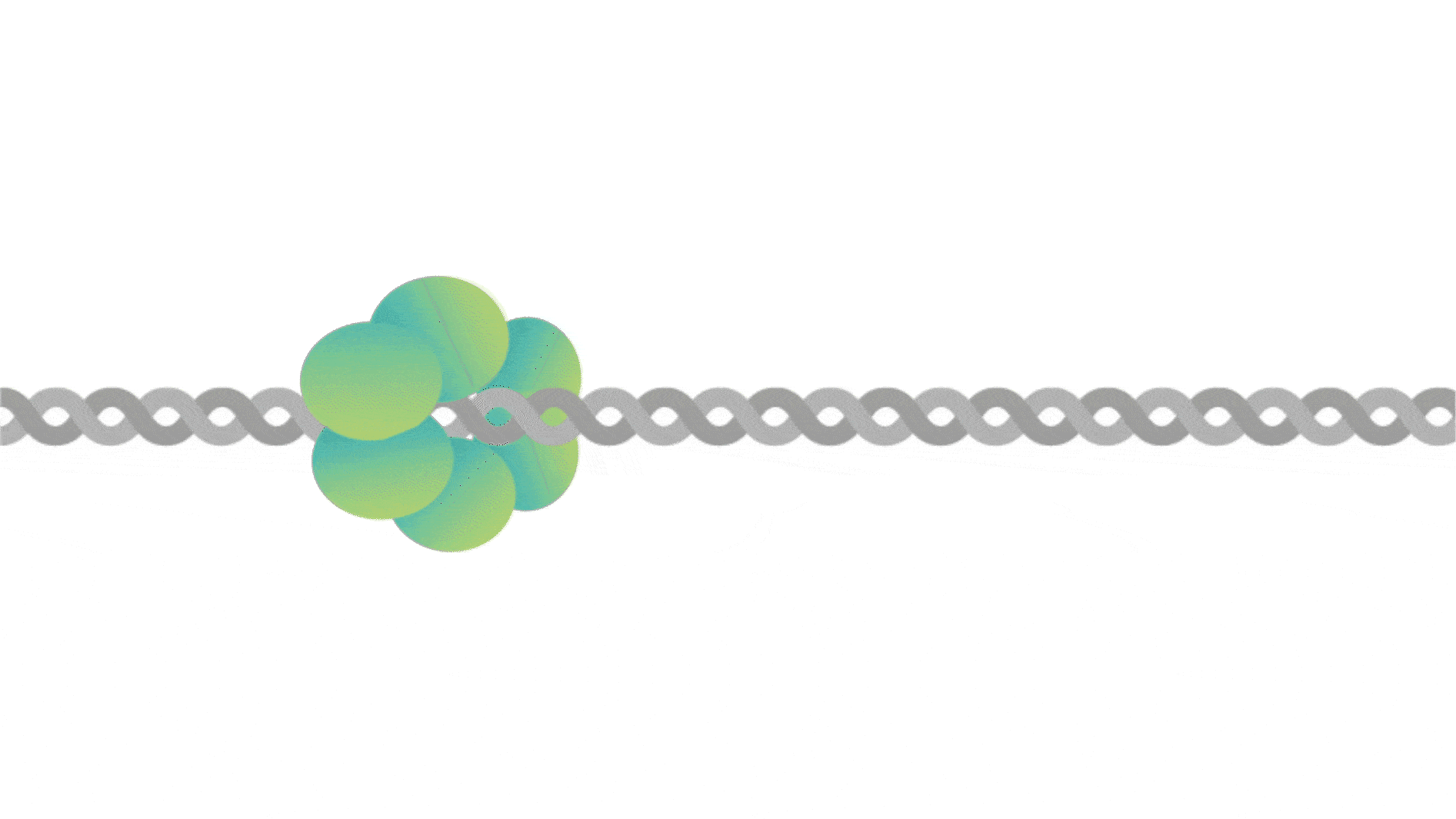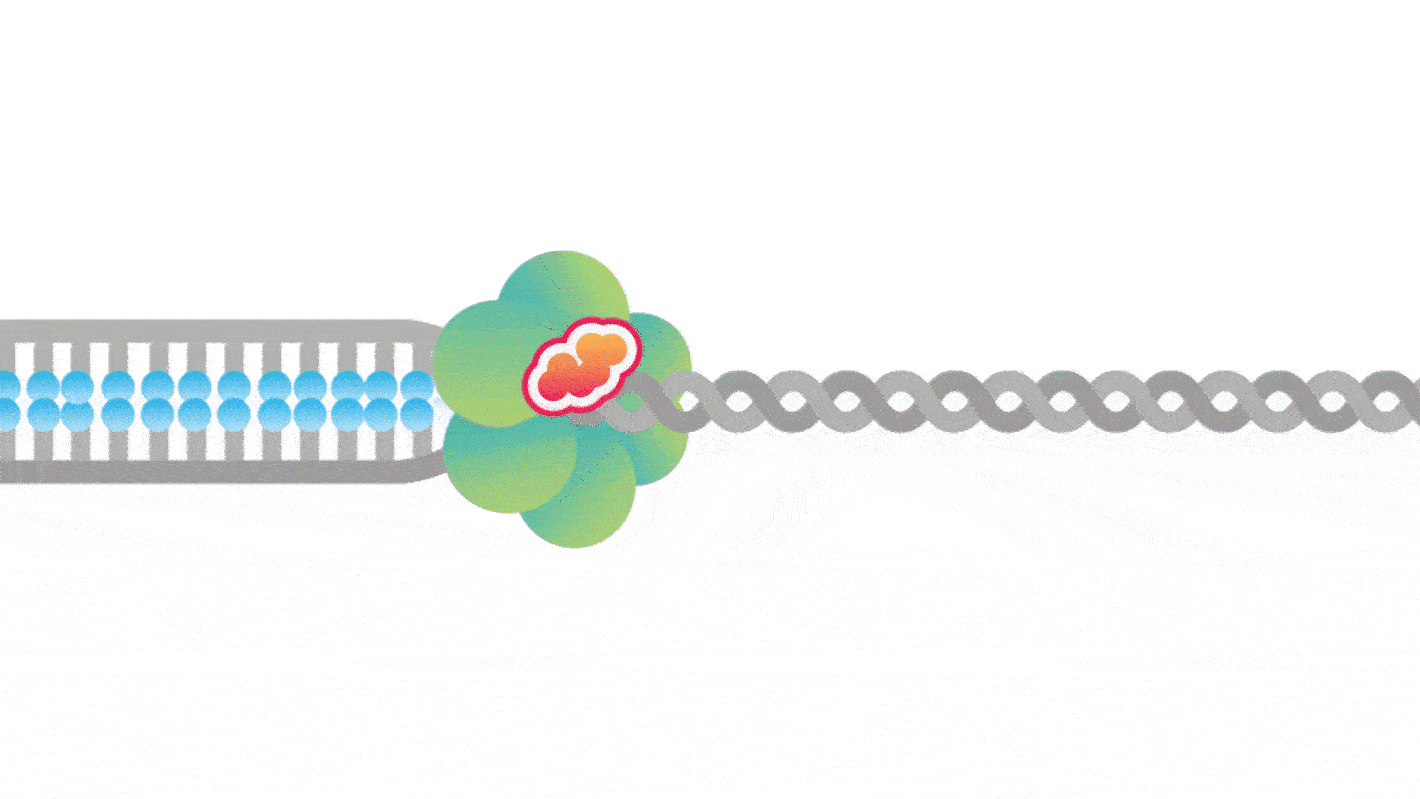Directly linking structure to function, leading to the development of new cancer fighting strategies
Recent Nature publication from The Francis Crick Institute uses the C-Trap® to uncover a new DNA repair mechanism which is as important as BRCA2 pathway in cancer prevention.
Greenhough LA, Liang CC, Belan O, Kunzelmann S, Maslen S, Rodrigo-Brenni MC, Anand R, Skehel M, Boulton SJ, West SC. Structure and function of the RAD51B–RAD51C–RAD51D–XRCC2 tumour suppressor. Nature. 2023 Jun 21:1-8.
This research, published in Nature on 21 June 2023 and titled “Structure and mechanism of action of the RAD51BCD-XRCC2 tumour suppressor complex” was led by renowned cancer researchers Stephen West and Simon Boulton, from the Francis Crick Institute, London, UK.
This study uses dynamic single-molecule analysis to gain the following insights:
- Directly link the structure of the BCDX2 complex to its DNA repair mechanism
- Provide new opportunities for cancer screening
- Suggests that PARP inhibitors may be a potential therapeutic for BCDX2 related cancers.
Read on to discover how dynamic single-molecule analysis is already leading to high impact research into cancer biology.
“I think applications like [single-molecule approaches] will become more mainstream in terms of understanding DNA transaction-based reactions and how small molecules interfere with that.”
Watch our interview with one of the authors: Prof. Simon Boulton
Senior vice-president at Artios Pharma Ltd and senior group leader at the Francis Crick Institute in London
Find out how you can gain these unique insights
Mechanisms are by their nature dynamic. This is combined with the challenge that not all mechanisms behave the same way all the time. How can you get the insight you need to fully understand your protein DNA binding mechanism? Read our application note

Important highlights:
– Direct evidence of the DNA repair protein complex assembly, dynamics, kinetics, etc.
– New insights into clinical impact uncovered
– How to obtain unique conclusive and direct evidence
Current methods often struggle to reveal the dynamic molecular mechanism of individual proteins on DNA
The protein’s molecular function can be inferred through methods that examine its detailed static structure or average behavior. However, these methods are often unable to reveal some of the crucial mechanistic details that are only accessible when:
Looking dynamically
DNA-protein interactions are inherently dynamic. Not only are the beginning and end states important, but all the intermediate states too. These can only be captured by a dynamic movie looking at every step of the process
In real-time
Watching a dynamic movie of DNA-protein interactions in real-time gives the ability to have a direct influence over the movie, as it unfolds. This enables unique conditions and functions to be investigated
At the single-molecule level
When looking at a large number of proteins, the average protein function can hide sub-population or individual behaviors. Behaviors that are functionally key and that are only visible when looking at a single protein
With great experimental control
Having control over one specific piece of DNA, which proteins it is interacting with and in which condition it is really unlocks unique ways to probe and understand protein function
What if a method exists that fulfills all these requirements?
A dynamic single-molecule method for direct, indisputable proof of the detailed molecular mechanisms
Directly visualize the location and dynamics of individual biomolecules

Control the stepwise assembly of the biological complex

Modulate molecular conformations while observing changes as they happen

The C-Trap® is the world’s first
dynamic single-molecule instrument
Designed to capture detailed DNA-binding protein interactions in real-time,
effortlessly, leading you in no time to highly impactful discoveries.
Publish more impactful science, faster
Publish quickly and regularly in high impact journals.
Our customer are getting initial results within one week of their training, leading to publishing their first impactful studies in under 2 years.
Did you know, on average our C-Trap users are now publishing every 10 months? Not just that, but in journals with an average impact factor of 13!

Take the next step into uncovering unique molecular mechanisms


